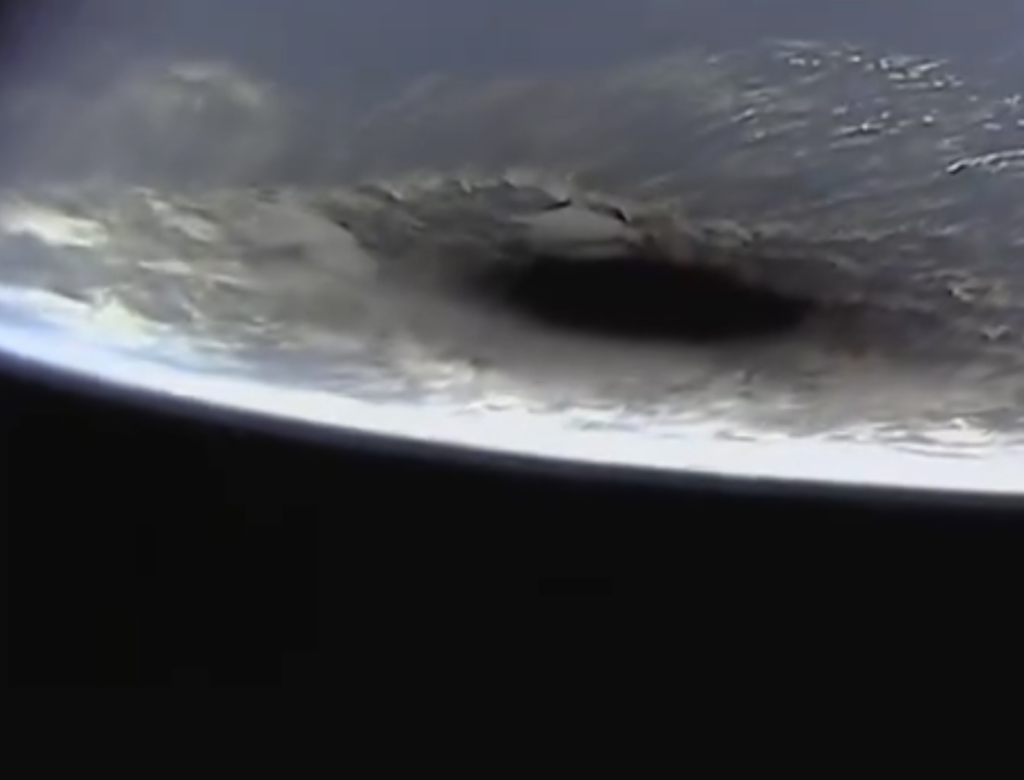
A total solar eclipse is a remarkable phenomenon. It comes about as close as possible to getting everybody on the same page. It takes discipline for astronomy bloggers to resist that urge to hold forth in the teachable moment. Tidal dissipation is driving the Moon outward by tapping Earth’s spin kinetic energy. Several billion years from now, Earth will be left with only annular eclipses.
The partial fraction in southern Connecticut reached up into the nineties, and for several long minutes, the eerie unsettled atmosphere that proceeds totality — the unease that so motivates the Allais effect — began to take hold. I stepped outside, into the wan, diminished, angular sunlight. The leaves of a holly tree cast a thousand shimmering pinhole crescents on a brick wall.
I thought back to 1991. We drove the length of the Baja Peninsula and stood at the centerline of the maximum eclipse of Saros Series 136. “Clear sparkling air and the sky that special shade of blue that goes so well with circling vultures, blood and sand — the raw menacing pitiless Mexican blue.” The Moon was near perigee, Earth was only days past aphelion, and the duration, with the Sun almost directly overhead, was a near-eternal seven minutes. I remember a strange subdued roar, and how the plane of the Solar System was revealed by the jarring noontide alignment of Mercury, Venus and the occulted Sun.
